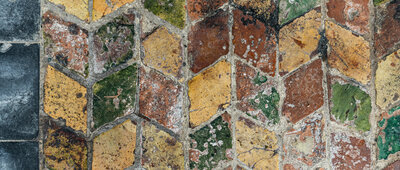
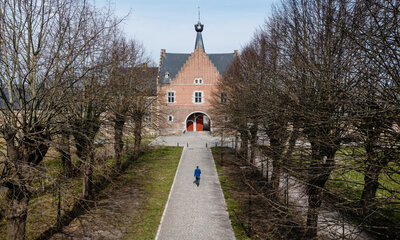
Gatehouse
The gatehouse of 1531 represented the most important link between the abbey and the world. At that time, it was the only building communicating with the outside world. The gatehouse is up till today the symbolic reference of the convent towards her environment.
Nowadays, the building is used for exhibitions, lectures and receptions.
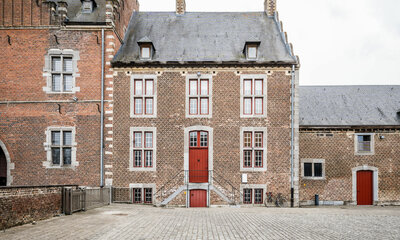
Lodge
The lodge leans against the gatehouse and used to be the home of the footmen and service staff. Nowadays, the administrative services of the Abbey site of Herkenrode are established here.
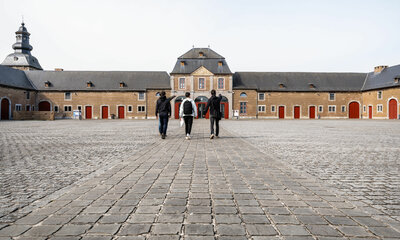
Stables West
The stables of the abbey farm with the elegant coach house are located on the three sides of the fowl yard and now accommodate a Visitors’ Center with shop, the Experience Centre and the entrance of the Herb and Inspiration Garden.
The Experience Centre offers the story of one of the first and richest women's abbeys in the Low Countries in an authentic historical setting. The story follows a chronological course through the fascinating history of 600 years of women at Herkenrode, for better or for worse.
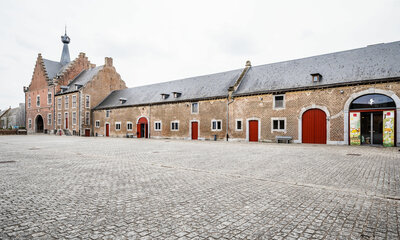
Stables South - Clavis concept store
The Clavis Concept store is established in the southern stables. As well as the Education Center of Willewete.
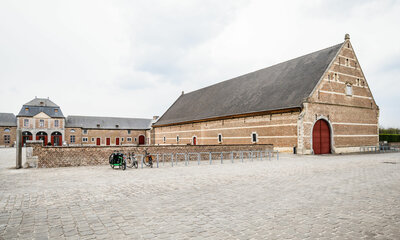
Tiendschuur (Tithes Barn)
In the monumental Tiendschuur of 1656, the ‘tithes’ taxes were stocked. The abbey had acquired the right to claim taxes on the annual harvest of crops and on cattle. The tiendschuur is now for rent for big events and parties.
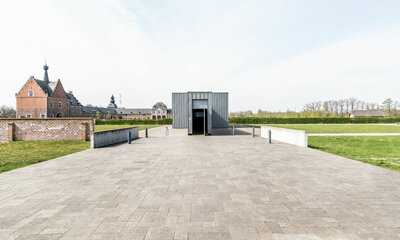
Historic heart
The archaeological remains of the historic heart of the site are hidden here. The church, the cloister and the sisters’ quarters were the spots where ‘ora et labora’, praying and working of the Cistercian sisters had occurred continuously for about 600 years.
The ‘lines’ of this historic heart have been made visible again with contemporary materials and on the spot where the abbey church used to be, the work of art 'The Quiet View’ of Hans Op the Beeck shines now. In this way, the spot regains a meaning of reflexion and introspection.
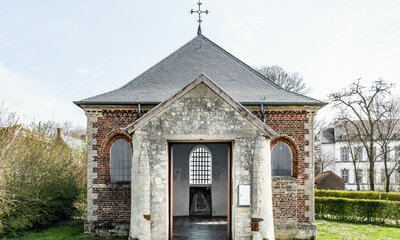
Sacrament’s Chapel
The Sacrament’s Chapel of 1661 behind the choir of the disappeared church used to be a sacristy with all the necessities for the Eucharist. Here, they also kept the oldest monstrance in the world with the Holy Miraculous Sacrament. The chapel is open to visitors from 10h - 17h.
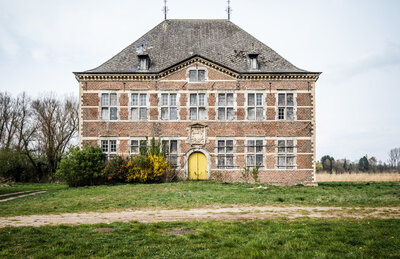
De Infirmerie
In de infirmerie, gebouwd in 1658, werden de zieke zusters verzorgd. Het gebouw was gescheiden van de rest van de abdij door een gracht. Naast de infirmerie vind je de zusterverblijven gebouwd in 1519. De ruïnes van het vakwerkgebouw en het gebouw met de trapgevel zijn de stille getuigen van een belangrijke evolutie. Van samen bidden, eten en slapen naar een steeds groter onderscheid tussen arm en rijk in Herkenrode. In de zusterverblijven kregen de koordames immers elk een eigen kamer met tuintje.
Herita is gestart met het restauratiedossier voor de infirmerie. Lees er meer over in onze blog.
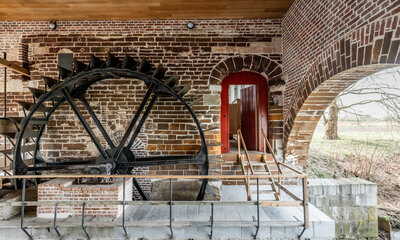
Abbey mill
As self-sufficiency used to be very important for the Cistercian sisters, the abbey had an extensive craft area with a water mill, a bakery, a tannery and several workshops with quarters for the service staff. The mill is open to visitors each third Sunday of the month.
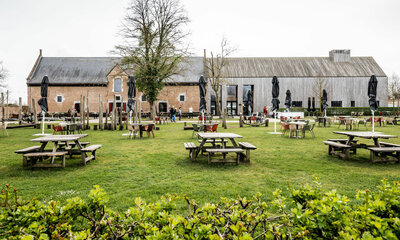
Horse stables
The horse stables were built under the reign of abbess Katharina the Lamboy (1653-1675). Then, they were located next to the driveway towards the abbess quarters. They took care of horses used to pull coaches.
Nowadays, it accommodates (including the new wooden building) the restaurant De Paardenstallen (the Horsestables).
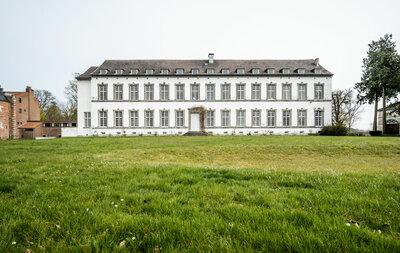
Convent
This zone with the former abbess quarters, the corresponding landscaped park and the infirmary were purchased in 1972 by the Canonesses Regular of the Holy Sepulchre. They built a new abbey with respect for the original architecture.
Attention, the abbey site is private property. However, the church is open until 17h30.
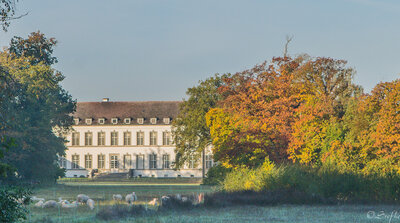
Het Engels Park
Het Engels Park is een unieke groene getuige van een compleet nieuwe kijk op de wereld en de natuur, die ontstond tussen 1750 en 1850: overal in Europa wisselden kasteelheren, abdissen en vorsten hun strakke formele tuinen in voor weelderige landschapsparken, met bijzondere boomsoorten, vergezichten (vistas) en wandelpaden. In het landschap zijn toch nog sporen te vinden van de formele “Franse” tuin van de abdis met strakke lindelanen en twee tuinpaviljoenen. Het noordelijk paviljoen staat er nog, het zuidelijke werd in 1860 verbouwd tot romantische torenruïne, maar is eind 20ste eeuw verdwenen. Achteraan aan de linkerzijde ligt een “mout” of groene uitkijkheuvel die door de buurtbewoners “konijnenberg” wordt genoemd, met een pad in spiraalvorm, omzoomd met taxus.
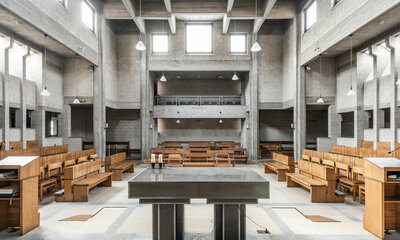
Het Klooster
Na de Franse revolutie kwamen er pas in 1972 terug religieuzen naar Herkenrode: de Reguliere Kanunnikessen van het Heilig Graf. Zij lieten een aantal moderne toevoegingen bouwen. De laatste zes zusters van deze orde verhuisden in 2022 naar een woonzorgcentrum in Hasselt. Herita gaat nu op zoek naar een geschikte invulling voor de kloostergebouwen.
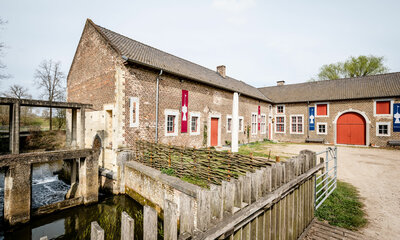
Tuiltermolen (Tuilter Mill)
Count Louis II of Loon gave this mill in 1213 to the abbey of Herkenrode. The inhabitants of Tuilt had to have their grain milled here.